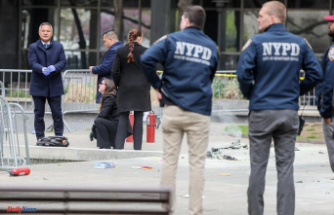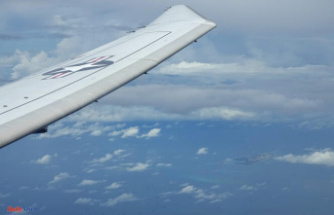Satellite photos offer a bird's eye view of the Ukraine crisis
WASHINGTON (AP), Widely available commercial satellite imagery showing Russian troop positions in Ukraine gives a bird's eye view of the international crisis unfolding. The pictures are dramatic but have some limitations.
Recent high-resolution photographs taken by commercial satellite companies such as Maxar showed Russian troop assembly areas and artillery positions. They also revealed other activities along the Russian border with Ukraine and southern Belarus.
These images confirm what the U.S. and other Western officials had been saying: Russian forces are located within striking distances from Ukraine. They could not give any definitive information on net additions and subtractions of Russian forces, nor can they reveal when or if an invasion of Ukraine will occur. Satellite images alone cannot provide such detailed information in real time or allow for wider conclusions about the Russian buildup, such as the total number of its deployed troops. The commercial satellite images cannot give that level of detail in real-time or allow for wider conclusions about Russia's buildup. James Stavridis is a former Navy admiral and was the NATO top commander in Europe between 2009 and 2013. "I would therefore strongly bias my views towards what is being reported in the U.S. government."
Before satellite imagery was made widely available online, Russia and the United States could hide most of their most sensitive military moves and deployments from public scrutiny. Although this is now possible, the imagery isn't as detailed, complete, or as immediate as that which the U.S. military has.
U.S. intelligence agencies and military can get a better understanding of the situation by combining satellite imagery with live video, as well as electronic information gathered by aircraft like the Air Force's RC-135 Rivet joint. This is in addition to information gathered from humans. Commercial satellite companies are also contracted by the U.S. government to provide imagery as an additional service and reduce strain on their imagery collection systems.
Satellite images taken by commercial companies are merely a snapshot of the Russian military's activities at that moment. They do not give any indisputable proof.
You can see activity on a base and draw some general conclusions. Hans Kristensen said that it takes more information to determine what is happening there and what the units are. He has used commercial satellite imagery extensively to analyze commercial satellite imagery in order study the development of nuclear weapons in China. Hans Kristensen is the director of the Nuclear Information Project of the Federation of American Scientists.












